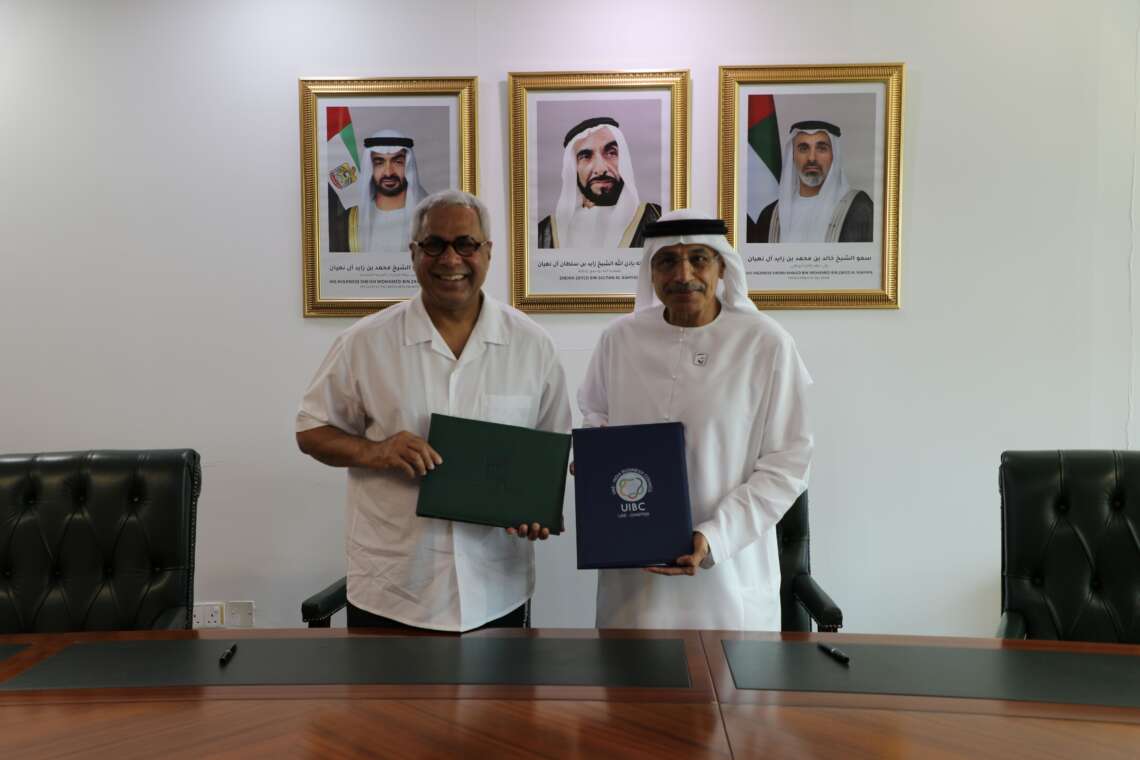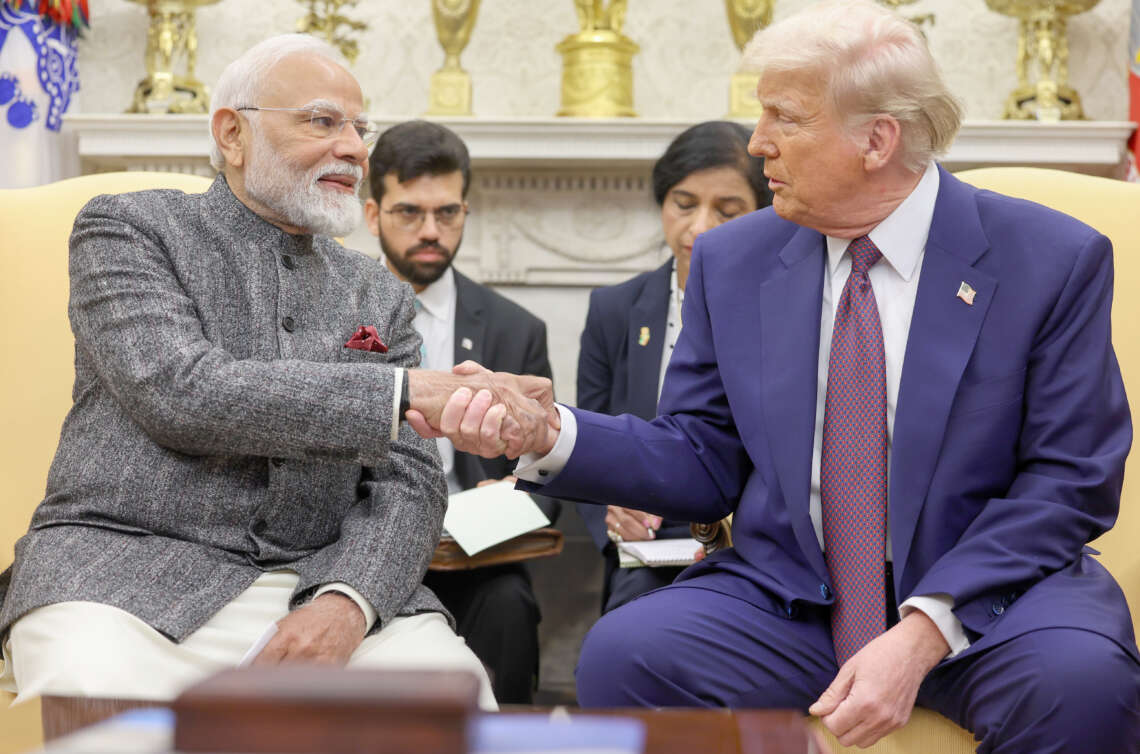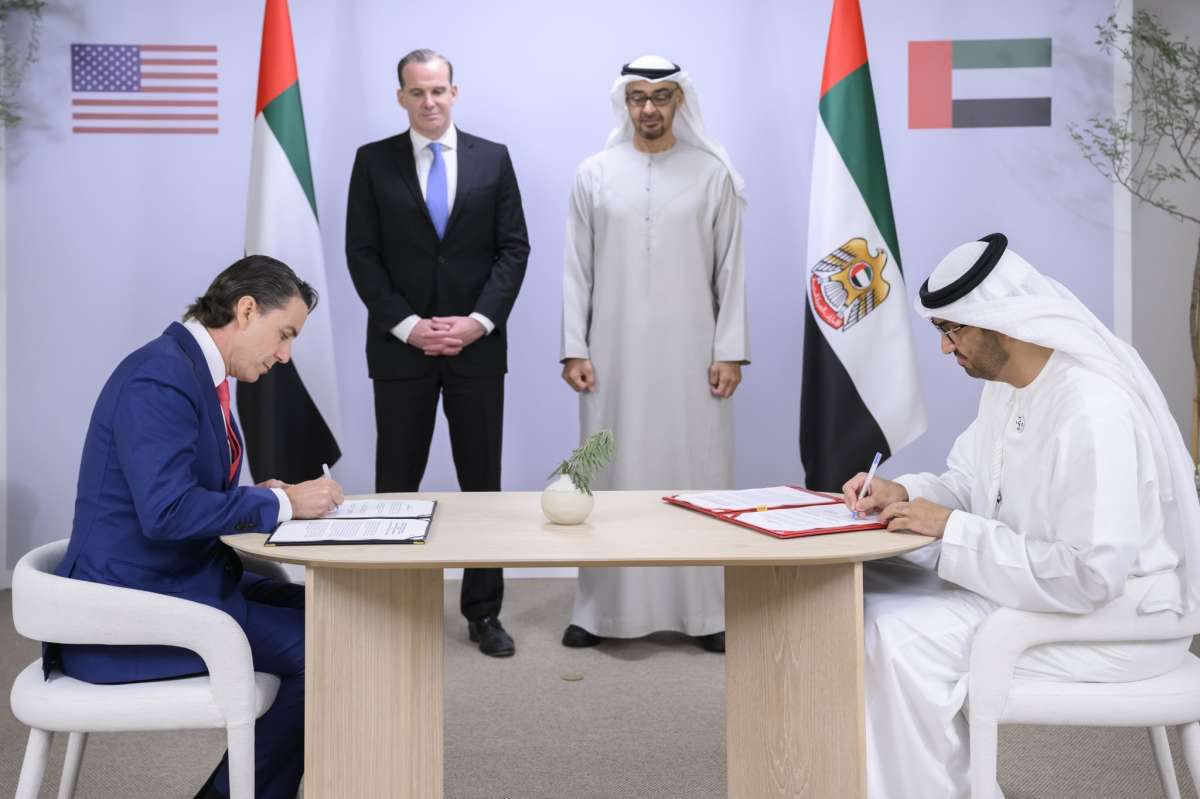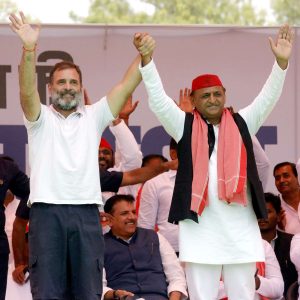The Morgan Stanley report estimates credit to GDP rises from 57 per cent to 100 per cent, implying compound annual growth in credit of 17 per cent over 10 years…reports Asian Lite News
India has the conditions in place for an economic boom fueled by offshoring, investment in manufacturing, the energy transition, and the country’s advanced digital infrastructure, Morgan Stanley said in a report.
These drivers will make it the world’s third-largest economy and stock market before the end of the decade, Morgan Stanley said in a report titled, “The New India: Why This Is India’s Decade”.
India’s GDP is likely to surpass $7.5 trillion by 2031, more than double current levels, making it the third-largest economy and adding about$500 billion per annum on an incremental basis over the decade, the report said.
India’s market capitalization will likely grow by over 11 per cent annually, to $10 trillion, in the coming decade.
“We estimate that manufacturing’s share of GDP will rise to 21 per cent by 2031, implying an incremental $1 trillion manufacturing opportunity,” the Morgan Stanley report said.
“We expect India’s global export market share to more than double to 4.5 per cent by 2031, providing an incremental $1.2 trillion export opportunity.”
India’s services exports will almost treble to $527 billion (from $178 billion in 2021) over the next decade.
The report estimates credit to GDP rises from 57 per cent to 100 per cent, implying compound annual growth in credit of 17 per cent over 10 years.
India’s per-capita income rises from $2,278 now to $5,242 in 2031, setting the stage for a discretionary spending boom.
The number of households earning in excess of $35,000/year is likely to rise fivefold in the coming decade, to over 25 million, the report said.
E-commerce penetration to nearly double from 6.5 per cent to 12.3 per cent by 2031, according to the Morgan Stanley report.
Internet users in India to increase from 650 million to 960 million, while online shoppers will grow from 250 million to 700 million over the next 10 years.
“Twenty-five per cent of incremental global car sales over 2021-2030 will be from India, and we expect 30 per cent of 2030 PV sales to be EVs,” the report said.
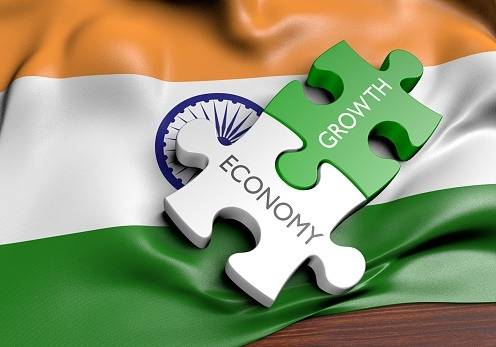
India should hit a major inflection point for the next residential property boom in 2030 — a confluence of high per-capita income, a mid-30s median age, and higher urbanization.
India’s workforce in the technology services sector to more than double from 5.1 million in 2021 to 12.2 million in 2031, leading to an increase in office absorption from 32-35 msf per annum to a run-rate of 45-50 msf over the next 5-10 years.
Healthcare penetration in India can rise from 30-40 per cent now to 60-70 per cent; implying 400 million new entrants to the formal healthcare system.
The defence budget ($18 billion) is growing steadily (10 per cent CAGR) — traditionally there has been large import dependence (about 60 per cent) but there is now a strong thrust towards local manufacturing.
Some $700 billion in energy investments over the next decade as India accelerates its energy transition, Morgan Stanley added.
Meanwhile, the Indian government’s gross tax revenue is expected to surpass the full year budgeted target, CARE Ratings Ltd said.
“The centre’s gross tax collections have shown healthy growth so far and is expected to surpass the full year budgeted target despite the custom and excise duty cuts,” the ratings agency’s Chief Economist Rajani Sinha said.
While the scenario is optimistic on the tax collections front, the non-tax revenue could see some shortfall primarily due to lower dividend transfer from the RBI in the current fiscal, she added.
Overall, the net revenue receipts are expected to exceed the budget target by Rs 2.2 lakh crore, she said.
The government on Monday said it has received Rs 12,03,748 crore (52.7 per cent of corresponding budget estimate – BE 2022-23 of Total Receipts) up to September 2022, comprising Rs 10,11,961 crore tax revenue (net to centre), Rs 1,57,600 crore of non-tax revenue, and Rs 34,187 crore of non-debt capital receipts.
Non-debt capital receipts consists of recovery of loans of Rs 9,597 crore and miscellaneous capital receipts of Rs 24,590 crore.
The government said Rs 376,106 crore has been transferred to state governments as devolution of share of taxes by the Centre, up to this period which is Rs 115,960 crore higher than the previous year.
Total expenditure incurred by the Centre is Rs 18,23,597 crore (46.2 per cent of corresponding BE 2022-23), out of which Rs 14,80,708 crore is on revenue account and Rs 342,889 crore is on capital account.
Out of the total revenue expenditure, Rs 436,682 crore is on account of interest payments and Rs 198,879 crore is on account of major subsidies, the central government said.
“So far in the current fiscal, the government’s expenditure policy has been centred on asset creation and revenue rationalisation,” Sinha said.
According to her, higher food and fertiliser subsidy will incur an additional outgo of Rs 3 lakh crore and add to the fiscal pressure.
“Factoring the possibility of additional expenditure being partially offset by higher revenue realisations and no shortfall in the disinvestment proceeds, we expect the fiscal deficit to be marginally higher at 6.5 per cent of the gross domestic product (GDP) in FY23,” Sinha said.



